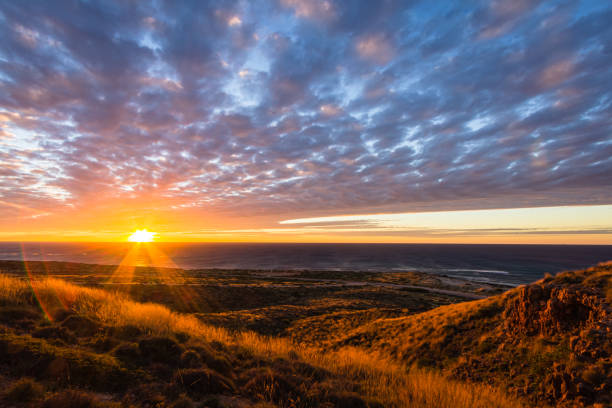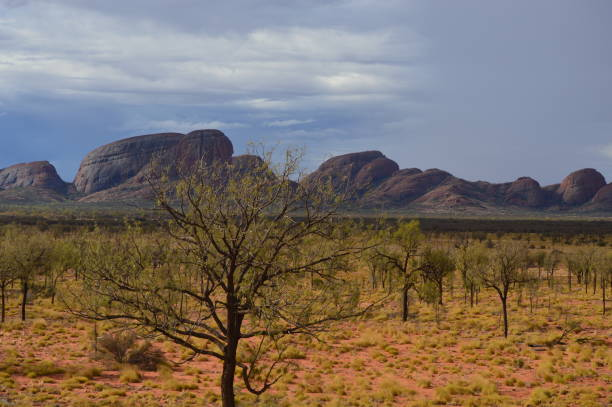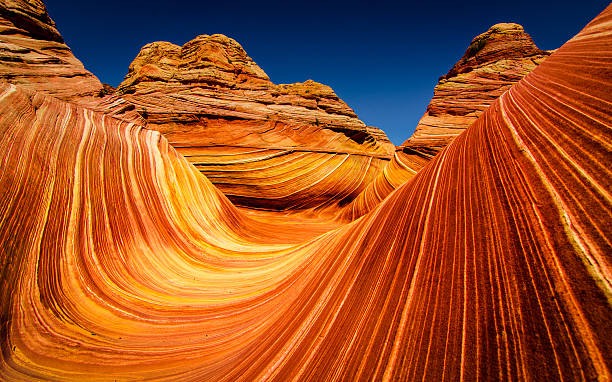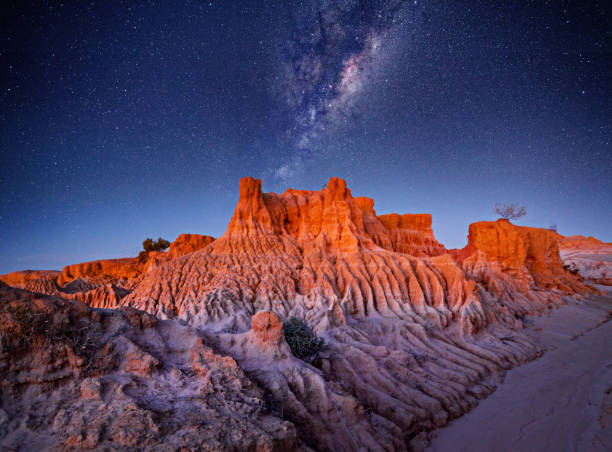Australia is a land that seems to have been created with the very notion of wonder in mind. Home to some of the most spectacular natural phenomena on the planet, this vast continent offers a cornucopia of breathtaking landscapes, from arid deserts to lush rainforests, and vibrant coral reefs to rugged mountains. In this article, we will explore some of the must-see natural wonders that showcase Australia’s unique beauty and draw travelers from around the world.
The Great Barrier Reef

As the planet’s largest coral reef system, the Great Barrier Reef is one of Australia’s most celebrated natural attractions. Comprising over 2,900 individual reefs and 900 islands stretching for over 2,300 kilometers, this UNESCO World Heritage Site boasts an abundant marine life. Visitors can snorkel or dive to experience the vivid colors and diversity of the reef, which includes over 1,500 species of fish, 400 species of coral, and various species of sharks, dolphins, and sea turtles. The reef is also under threat due to climate change, making it a poignant destination for eco-conscious travelers.
Uluru-Kata Tjuta National Park
Formerly known as Ayers Rock, Uluru is a sacred site to the indigenous Anangu people and an iconic symbol of Australia’s outback. This massive sandstone monolith stands 348 meters high and changes color dramatically at sunset and sunrise. Uluru, along with the 36 red-rock domes known as Kata Tjuta (The Olgas), forms the Uluru-Kata Tjuta National Park. The park offers visitors a glimpse into the area’s cultural and spiritual significance as well as its geological history, with walking tours and cultural centers providing deeper insight into this ancient landscape.
The Daintree Rainforest
Recognized as one of the oldest tropical rainforests in the world, the Daintree Rainforest is a living museum of biodiversity. This World Heritage-listed site is home to a staggering variety of plant and animal species, some of which are found nowhere else on Earth. Nature enthusiasts can marvel at the ancient ferns, towering trees, and unique wildlife, such as the cassowary, one of the world’s rarest birds. Exploring the Daintree provides a link to the time of the dinosaurs, with guided walks and canopy tours offering immersive experiences in this prehistoric wonderland.
The Twelve Apostles
The Twelve Apostles, despite their name, are an ever-changing collection of limestone stacks off the shore of the Port Campbell National Park. These towering pillars, carved by the relentless Southern Ocean, have been an enduring and evolving spectacle for visitors. Although only eight apostles remain, the dramatic view, especially at dawn or dusk, is a photographer’s paradise. The surrounding park also provides a rugged coastline of cliffs, arches, and sweeping beaches to explore, reflecting the raw beauty of Australia’s southern edge.
Kakadu National Park
Kakadu National Park is a tapestry of diverse ecosystems, from wetlands and rivers to sandstone escarpments. It’s also a cultural treasure trove, featuring one of the highest concentrated areas of Aboriginal rock art sites that date back millennia. The park is a haven for wildlife, including saltwater crocodiles and over 280 bird species. Visitors can enjoy river cruises, hiking trails, and scenic flights to capture the vastness of this UNESCO World Heritage Site. Kakadu’s dual–listed status recognises both its natural and cultural values, making it a profound destination for those seeking a connection to land and heritage.
Conclusion
Within each of these natural wonders of Australia lies a story of the Earth’s geological history and the deep spiritual connection of its indigenous peoples. These spectacular sites are not only a testament to the continent’s ecological diversity but also a call to action to preserve these wonders for future generations. Whether witnessing the kaleidoscopic marine life of the Great Barrier Reef, experiencing the majesty of ancient rock formations in Uluru, or exploring the untouched wilderness of areas such as Kakadu and the Daintree, Australia’s natural wonders remain an indelible part of the global natural heritage.
FAQs
How large is the Great Barrier Reef?
The Great Barrier Reef stretches over 2,300 kilometers and is the world’s largest coral reef system.
Can you visit Uluru?
Yes, you can visit Uluru; however, climbing the rock is no longer allowed in respect to the local indigenous customs and conservation efforts.
Is the Daintree Rainforest older than the Amazon?
Yes, the Daintree Rainforest is believed to be millions of years older than the Amazon Rainforest, making it one of the oldest rainforests on Earth.
Why are the Twelve Apostles famous?
The Twelve Apostles are famous for their dramatic formation, shaped by erosion from the sea, and are a popular natural attraction along the Great Ocean Road.
What makes Kakadu National Park unique?
Kakadu is unique for its diverse ecosystems, abundant wildlife, and significant cultural heritage, featuring ancient Aboriginal rock art.


